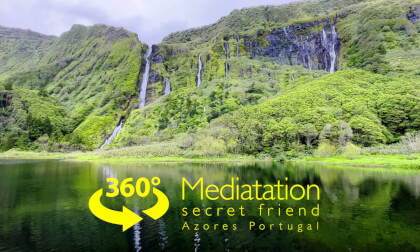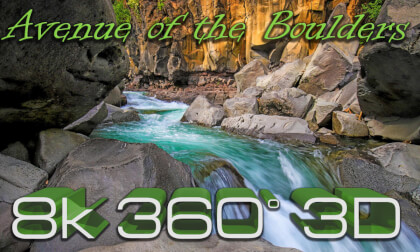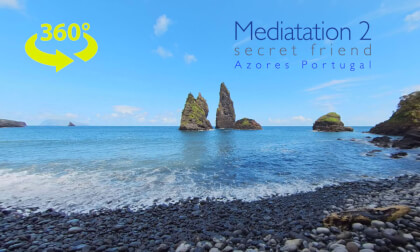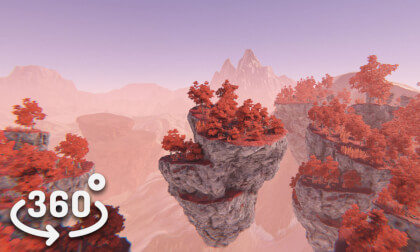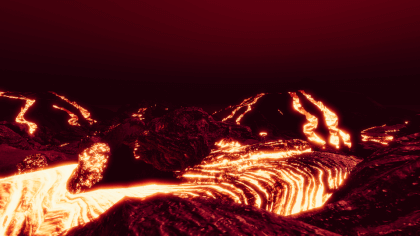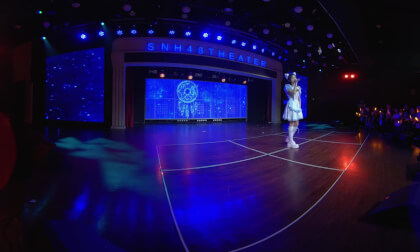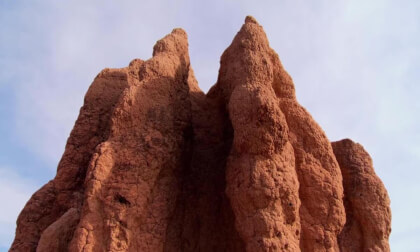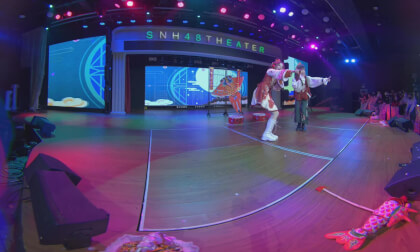This is VR content
Download
DeoVR app
to watch in VR

D-MALIBU-VR
Released: 2 years ago
Passthrough
Get the action happening right at your place with DeoVR passthrough. Open a video in DeoVR app and click
Passthrough values:
- Hue: 0
- Saturation: 0
- Brightness: 0
- Color range: 0
- Falloff: 1000
Recommended headsets:
Meta Quest 3, and Quest Pro with stereoscopic color passthrough, Pico 4 (monoscopic color passthrough).
Compatible headsets:
Quest 2, Valve Index (monoscopic black and white passthrough).
Passthrough is not compatible yet for Oculus Link cable.
Check out our complete guide to passthrough and join in the discussion at our busy forum.
The Hiroshima Peace Memorial, also known as the Hiroshima Atomic Bomb Dome, is a significant historical site located in Hiroshima, Japan. It stands as a stark reminder of the devastating atomic bombing that occurred on August 6, 1945, during World War II.
The dome was originally the Hiroshima Prefectural Industrial Promotion Hall, designed by Czech architect Jan Letzel. It was one of the few buildings left standing near the hypocenter of the atomic bomb explosion. Its preservation in its ruined state serves as a symbol of the destructive power of nuclear weapons and the importance of peace.
The atomic bomb, dropped by the United States, instantly killed tens of thousands of people and caused widespread destruction in Hiroshima. The dome, which was only 160 meters away from the blast, miraculously survived, albeit heavily damaged. It has since become a poignant symbol of the tragedy and a powerful testament to the horrors of war.
In 1996, the Hiroshima Peace Memorial was designated as a UNESCO World Heritage Site, recognized for its historical and cultural significance. It serves as a memorial to the victims of the atomic bombing and a place for contemplation and peace. The site attracts visitors from around the world who come to pay their respects and learn about the devastating consequences of nuclear weapons, with the hope of promoting a world free from nuclear warfare.
The dome was originally the Hiroshima Prefectural Industrial Promotion Hall, designed by Czech architect Jan Letzel. It was one of the few buildings left standing near the hypocenter of the atomic bomb explosion. Its preservation in its ruined state serves as a symbol of the destructive power of nuclear weapons and the importance of peace.
The atomic bomb, dropped by the United States, instantly killed tens of thousands of people and caused widespread destruction in Hiroshima. The dome, which was only 160 meters away from the blast, miraculously survived, albeit heavily damaged. It has since become a poignant symbol of the tragedy and a powerful testament to the horrors of war.
In 1996, the Hiroshima Peace Memorial was designated as a UNESCO World Heritage Site, recognized for its historical and cultural significance. It serves as a memorial to the victims of the atomic bombing and a place for contemplation and peace. The site attracts visitors from around the world who come to pay their respects and learn about the devastating consequences of nuclear weapons, with the hope of promoting a world free from nuclear warfare.

